German biologist says bats can help reforestation in Costa Rica
Flying bats with Javi the Frog inside Venado Caves
Because they’ve been associated with vampires in pop culture, bats tend get a bad rap. In pre-Columbian cultures such as Costa Rica, however, bats have been associated with the gods and are honored in historic art and portraits. In modern times, some incredible research by German Biologist Detlev Kelm has shown that bats actually play a vital role in the Costa Rica rainforests, largely due to their seed distribution efforts.
Types of Bats Found in Costa Rica
Bats are incredible mammals with very important functions within their environment. In Costa Rica, you may find some of the following types of bats:
The Jamaican Fruit Bat is very common, and loves guava, papaya and banana. These Megabats (larger species) are important to Costa Rica reforestation and conservation in several ways: The seeds they eat are not fully digested in their stomachs, so when the bats deposit waste across the country, the seeds can help an area regrow local plants. These nectar-eating bats are also critical for pollination of different plants.
Honduran White Bats are a threatened species found in colonies consisting of one male and a harem of females, sometimes up to six or seven! These bats feed mostly on fruit and, while most bats are brown or black, this species is white and very tiny. They only grow to be about two inches in length and weigh under one ounce.
Microbats (smaller species) use echolocation or biosonar to navigate their surroundings. They’re typically smaller than megabats, but they feast on insects, fish and small animals, and in the case of vampire bats, on blood. Vampire bats prefer the blood of livestock, but some species feed on birds. Some scientists believe that microbats like the Fishing Bulldog bat and the vampire bat help control pests on crops and mitigate insect infestation better than birds.
The Fishing Bulldog Bat can have a wingspan of up to two-feet, where the vampire bat is much smaller with a wingspan of about seven-inches. Over one year, a bat colony of 100 vampire bats can kill about 100 cows. They are considered a pest to domestic farm operations, but all Costa Rican bats are considered important in the ecological system.
Research in Reforestation
German biologist Detlev Kelm has studied Costa Rican reforestation by designing and constructing artificial bat roosts in a lowland area in the country. Bats quickly moved into these roosts and used them as their home. Kelm studied the number of seeds deposited around the roosts and sites that lacked roosts. He and his team discovered that in the roost areas, there were between 5 and 20 times more seeds than in sites that lacked roosts.
He hypothesized that bringing bats into the Costa Rican rainforest can be an effective way to regenerate natural vegetation. Four of Costa Rica’s national parks are considered important areas for bats: La Amistad International Park, Braulio Carrillo National Park, Santa Rosa National Park and Tortuguero National Park. Although bats are threatened by the loss of their natural habitat, pesticide use and persecution by humans are also threats to the bat population.
See for Yourself
Costa Rica has over 112 species of bats within its borders. Some wildlife tours have bat tours where visitors can view the sleeping creatures in their habitat, making this country one of the best places in the world to learn about bats and Don’t be afraid of bats, their importance in the biodiversity of life.
7 Days / 6 Nights
Starting at $932 per person
10 Days / 9 Nights
Starting at $1,071 per person




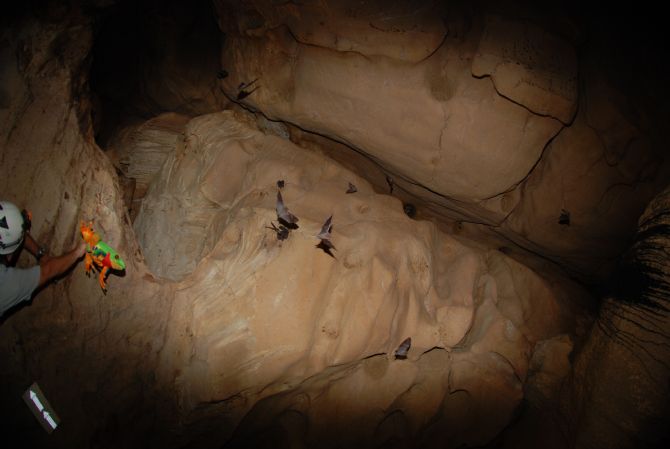
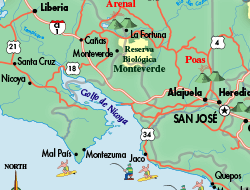
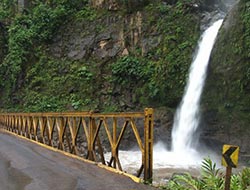

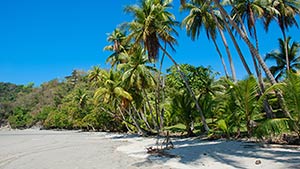
.jpg)


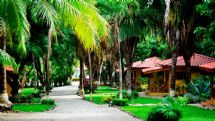
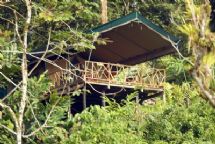
.jpg)



